Just what makes a good high school? Parents, teachers and students have been asking this question for years. Everyone has their own idea of what an exceptional school should be, but how would one create a national ranking based on overall quality? Whose standards would be used? As a solution, many turn to purportedly one of the most impartial judges of quantity and quality – statistics.

Few months ago, US News and World Report released their ranking of America’s best high schools, with some interesting results. Both Weston and Wayland made honors – Weston with a rank of 60 out of 100 on the Gold list and Wayland on the unranked Silver list.
Drawing from a wide pool of 18,790 schools from 40 states, the US News and World Report analysis has gained a reputation for its fair and balanced approach to ranking what many consider very hard to put into words. Using three categories of gold, silver, and bronze, their criteria is based on the principle “that a good high school must serve all its students well; not just those who are bound for college.” Their method is a three-step process, with the first two using each state’s individual standards of student proficiency, MCAS in the case of Massachusetts.

Step 1: The academic performance of each school’s students is compared to that of average students in the individual state. The school passes if their students perform above state average.
Step 2: In a similar comparison, the academic performance of the “least advantaged” (low income) students in each school is compared to that of similar students in the school’s state. Again, the school passes if the numbers are above state average.
At this point, all schools that fulfill the first two steps are on the list and will be awarded a bronze medal if they do not fit the criteria for a gold or silver medal in the final step. 1,086 schools won a bronze medal this year.
Step 3: In the third step, the schools are judged on the college readiness of their students, using Advanced Placement (AP) course data. AP is a program of the College Board, in which college level courses are offered at high schools throughout the country. By analyzing this data, US News can find which schools have the students that will perform best at the college level. The AP data is used to decide which schools qualify for either gold or silver.
Of the schools surveyed, a total of 505 passed step three, with the top 100 awarded a gold medal and the title of “America’s top 100 high schools,” while the remaining 405 made the unranked silver list.

Both Weston and Wayland passed these steps, and the administrations of both schools are pleased. Dr. Alan Oliff, superintendent of Weston Public schools is “very proud of Weston High School” and stated that the ranking was “certainly a confirmation of what we believe about the quality of our school.” He went on to say that chief among the factors that contribute to this high standard are a “strong academic program with high expectations of our students” in an atmosphere that “emphasizes school community which values relationships, collaboration, and diversity of its membership.”
However, even with his school’s high distinction, Dr. Oliff doesn’t believe the system is perfect, saying, “other schools have excellent programs as well and special characteristics that are not recognized or considered in such rankings.” Statistics cannot always measure or reflect this, so rankings based on such numbers cannot always be accurate.
Dr. Gary Burton, Superintendent of Wayland Public Schools, had a similarly positive reaction, literally finding the silver lining –”being in the top 500 out of more than 18,000 is quite exceptional, it says something about towns like Wayland and Massachusetts as a whole.”
Wayland high school principal, Patrick Tutwiler agreed. He stated that, clearly, it was not the school’s primary focus to be recognized in the news, and he would also be interested in knowing a high school’s ability to prepare students for employment or the military.
Such feedback would help high schools a great deal in educating students for the real world: “Our goal here is to maximize potential and realize dreams, regardless of what the statistics say. Numbers fluctuate,” Tutwiler says.
It is true that numbers change rapidly, but sometimes they can be the only way of answering certain questions. School administrators say that there are aspects which statistics cannot measure and, while that may be true, with regards to something as subjective as “what makes a good high school” statistics can help set some parameters. With opinions varying almost from person to person, it is impossible to judge schools on an even and uniform scale, so statistics are the closest anyone can get to impartial.
However, what the numbers cannot communicate are the external factors that affect what happens within the school – the parents. Their attitude towards and the value they place on education is often what does – or does not – drive the student and the school system.


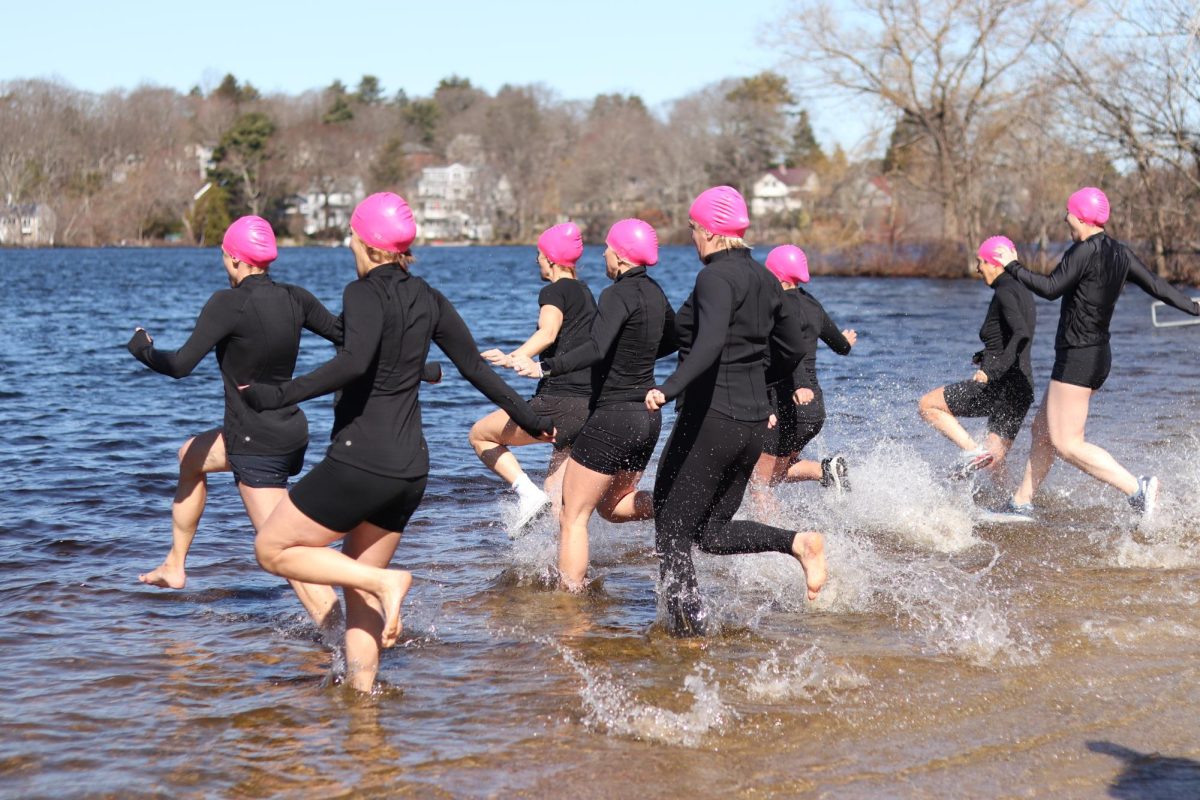
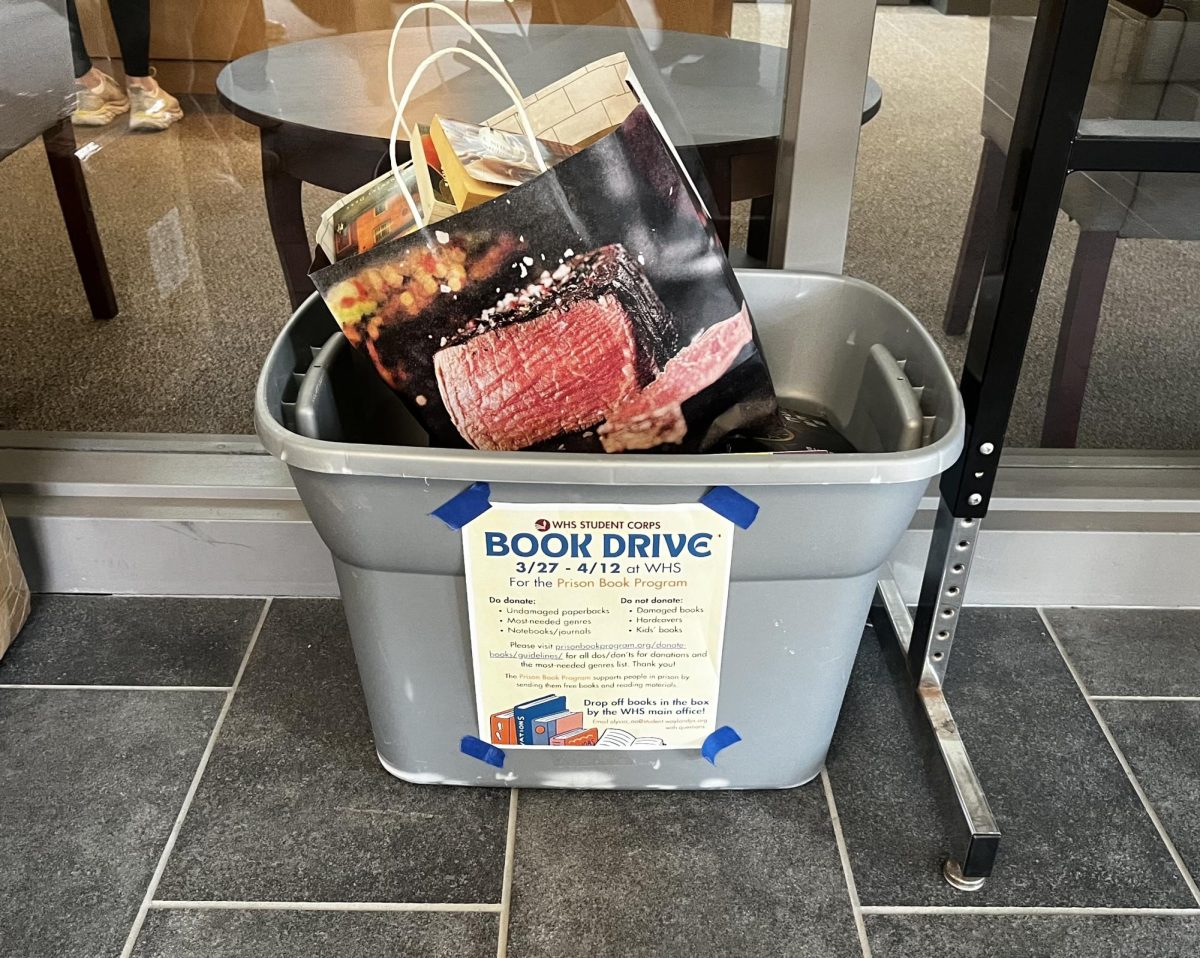




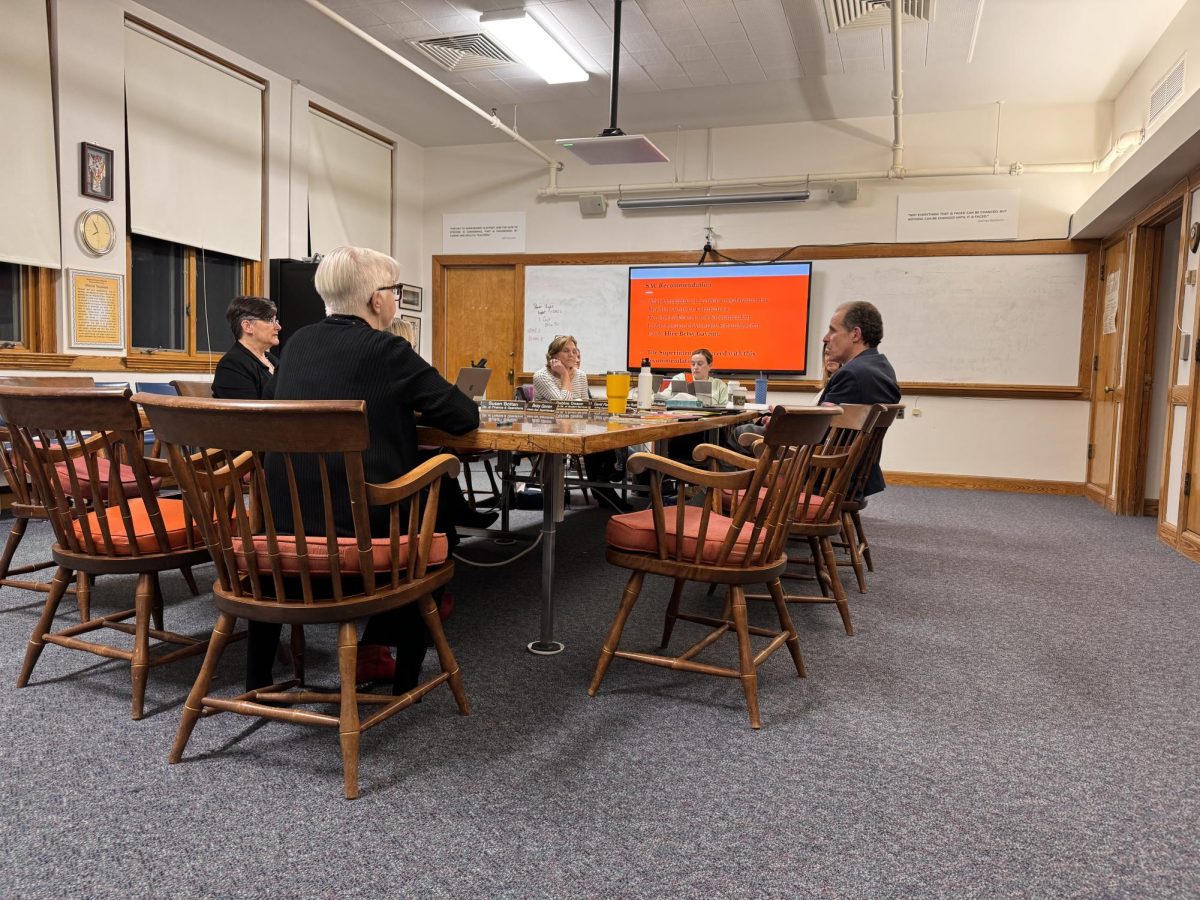
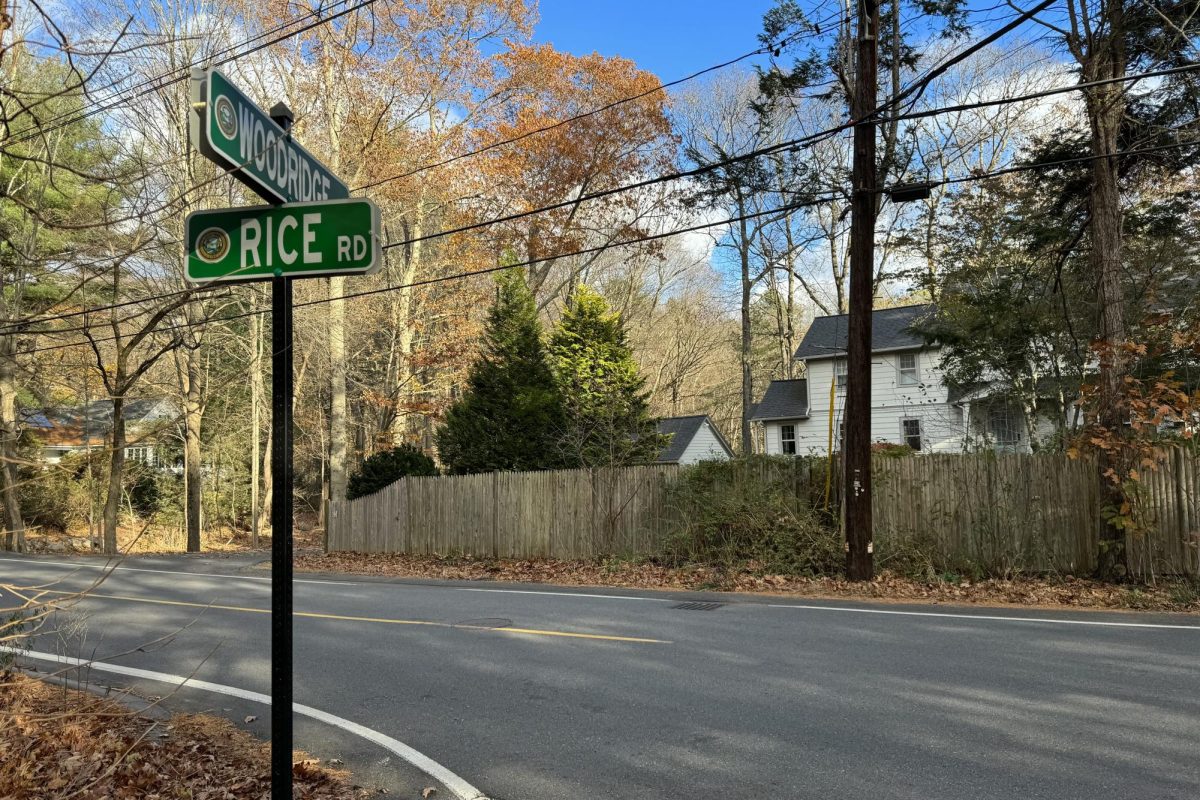

![WSPN’s Annika Martins and Maddie Zajac explore the athletic life of senior Annabelle Zhang through her badminton career. “This [photo] is me and my former partner after we won the 2022 junior nationals mixed doubles category,” Zhang said.](https://waylandstudentpress.com/wp-content/uploads/2024/04/IMG_6629-1200x900.jpg)
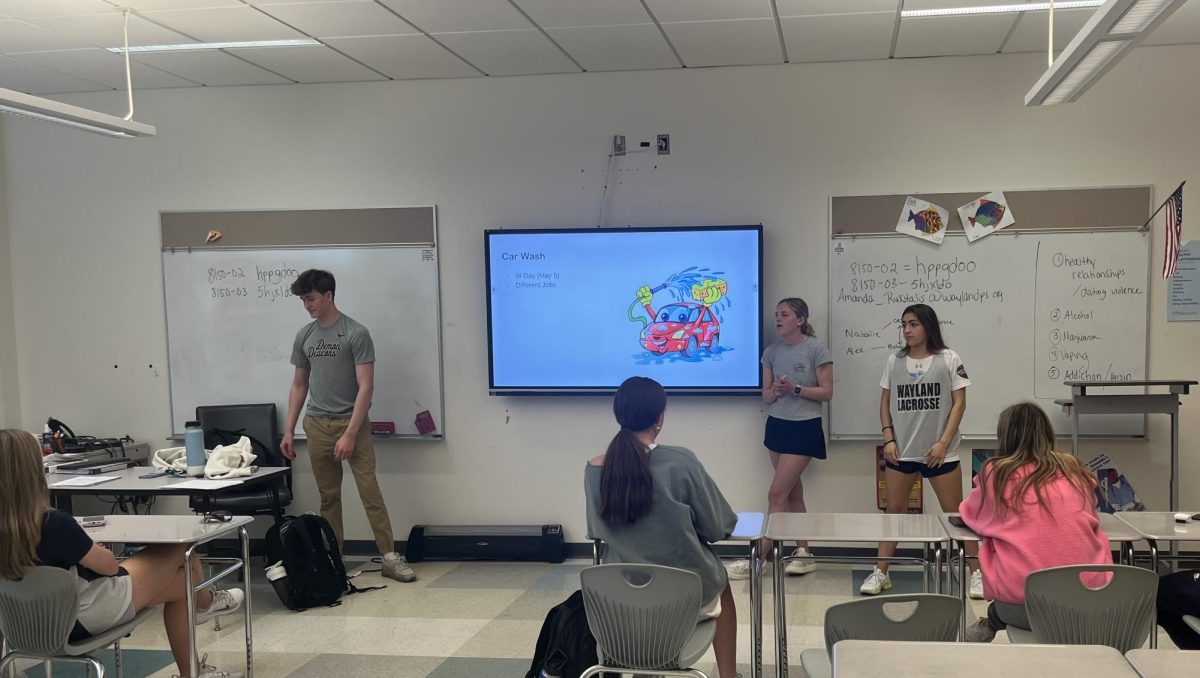



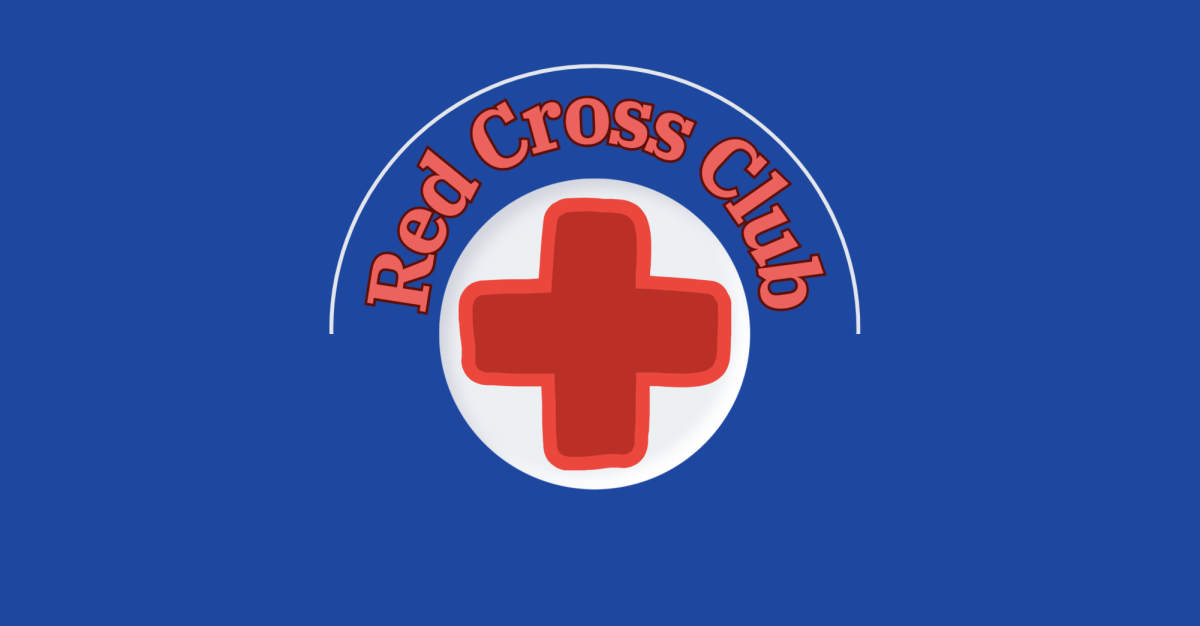







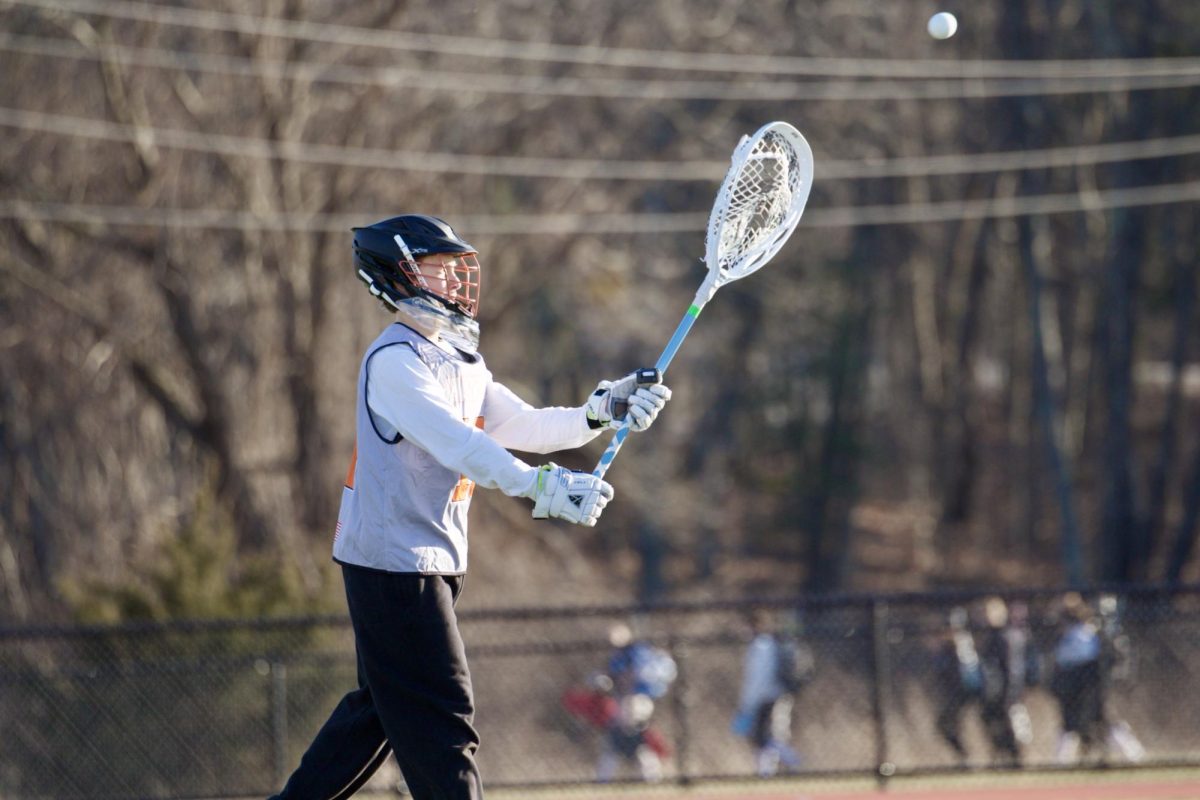
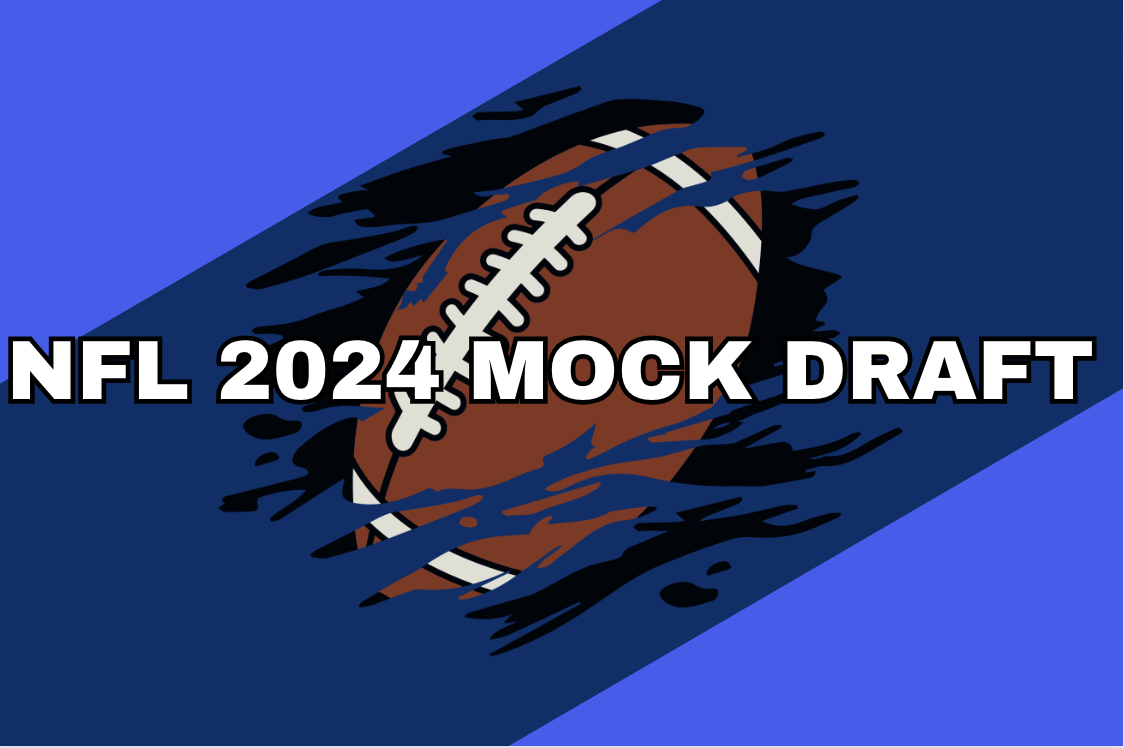
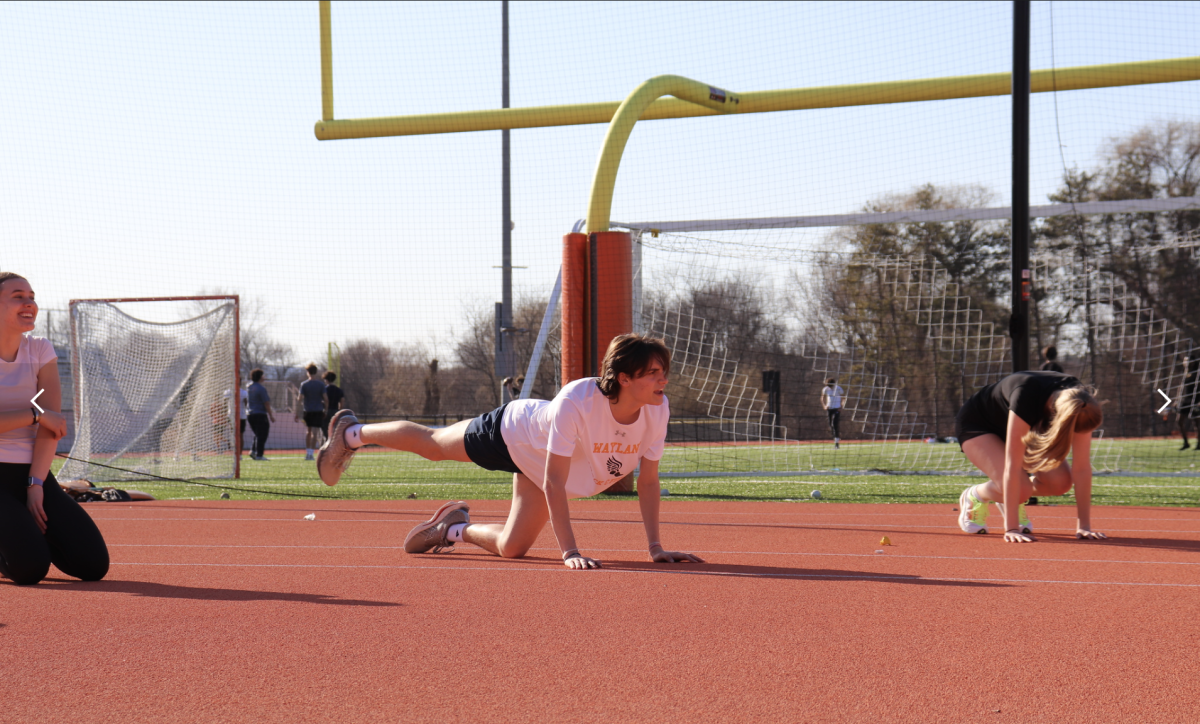

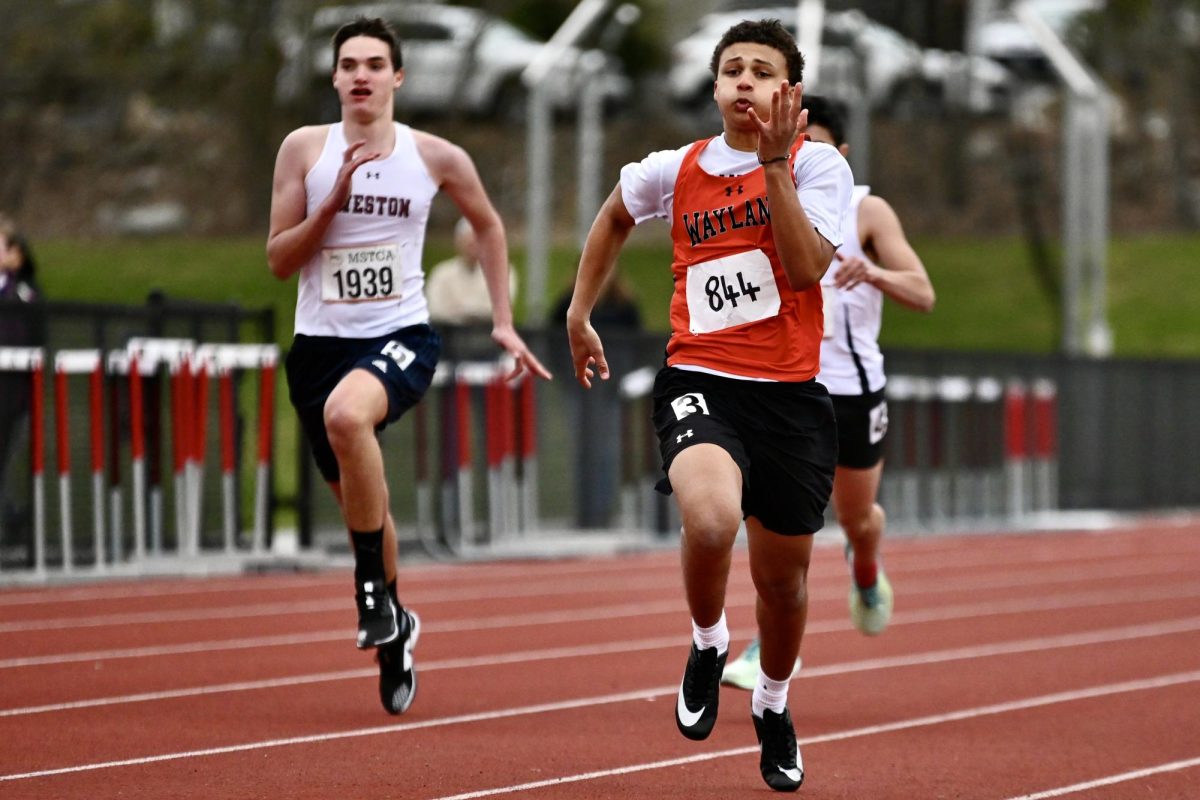
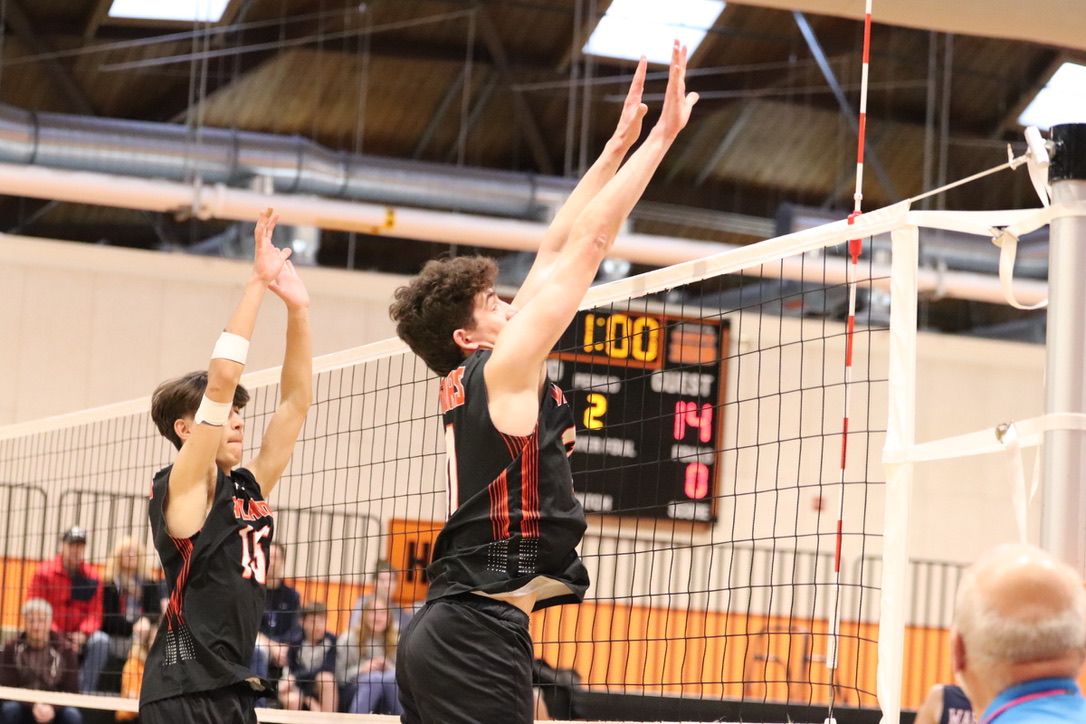
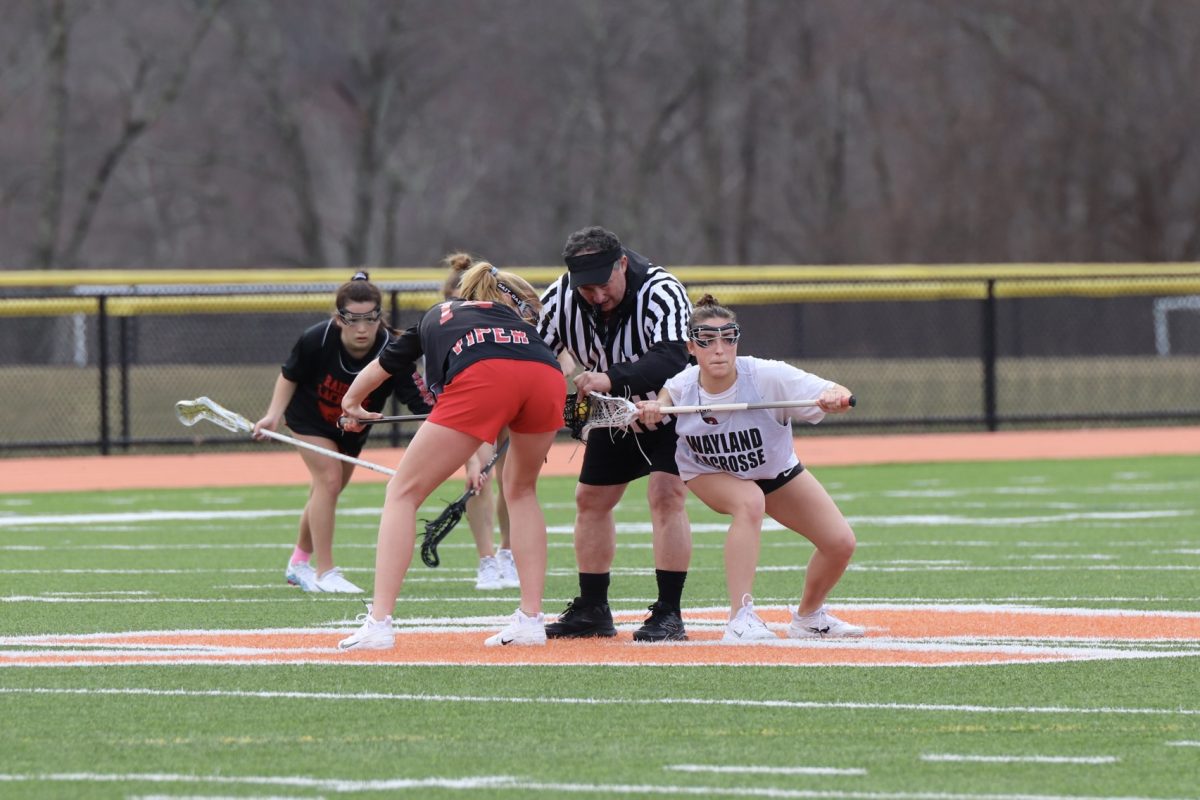
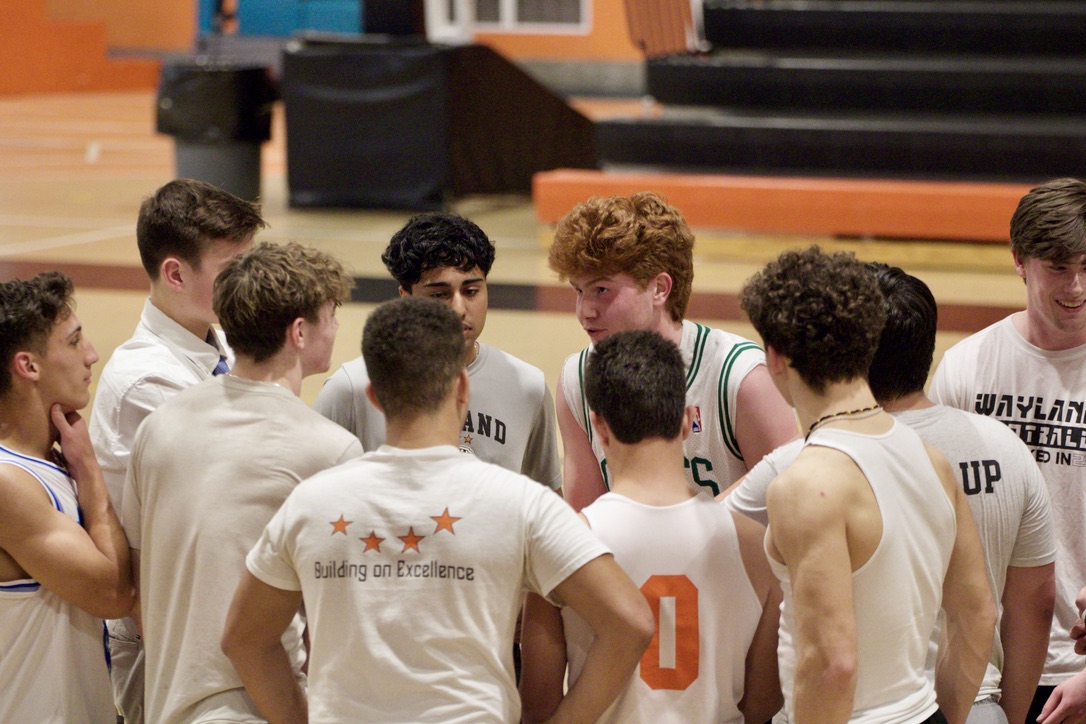








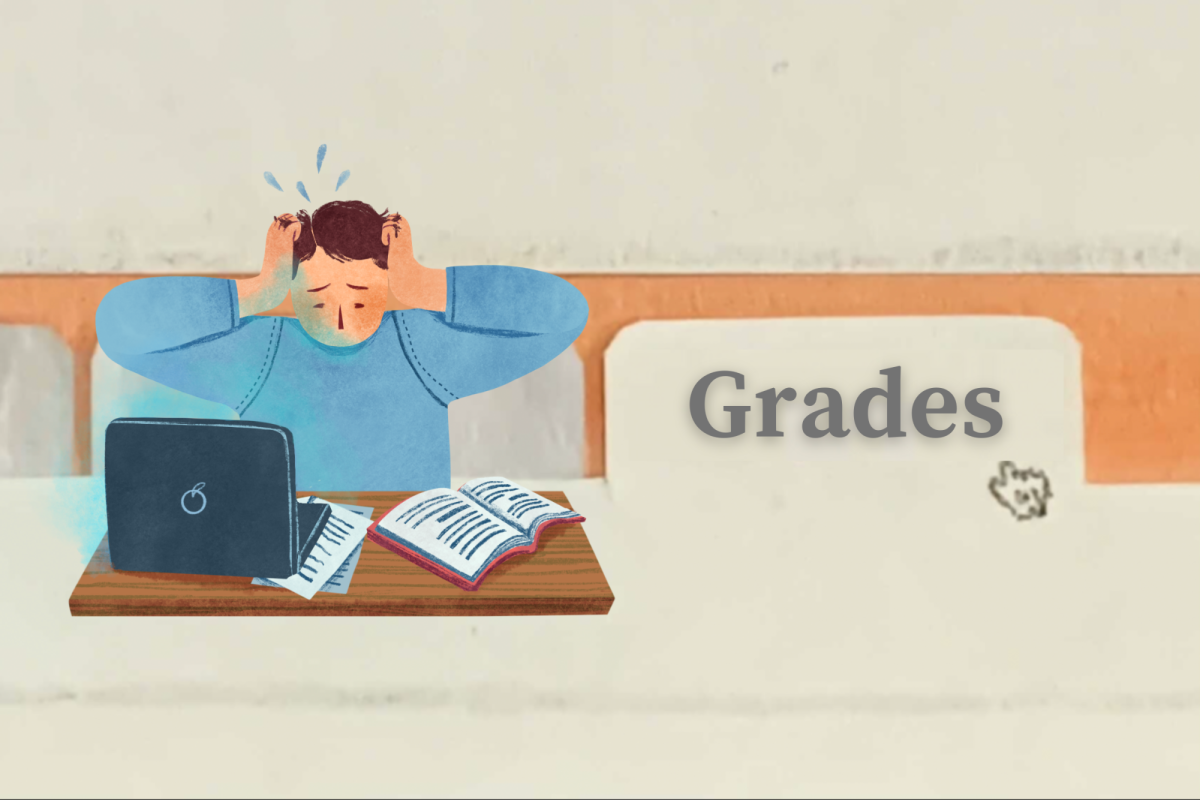










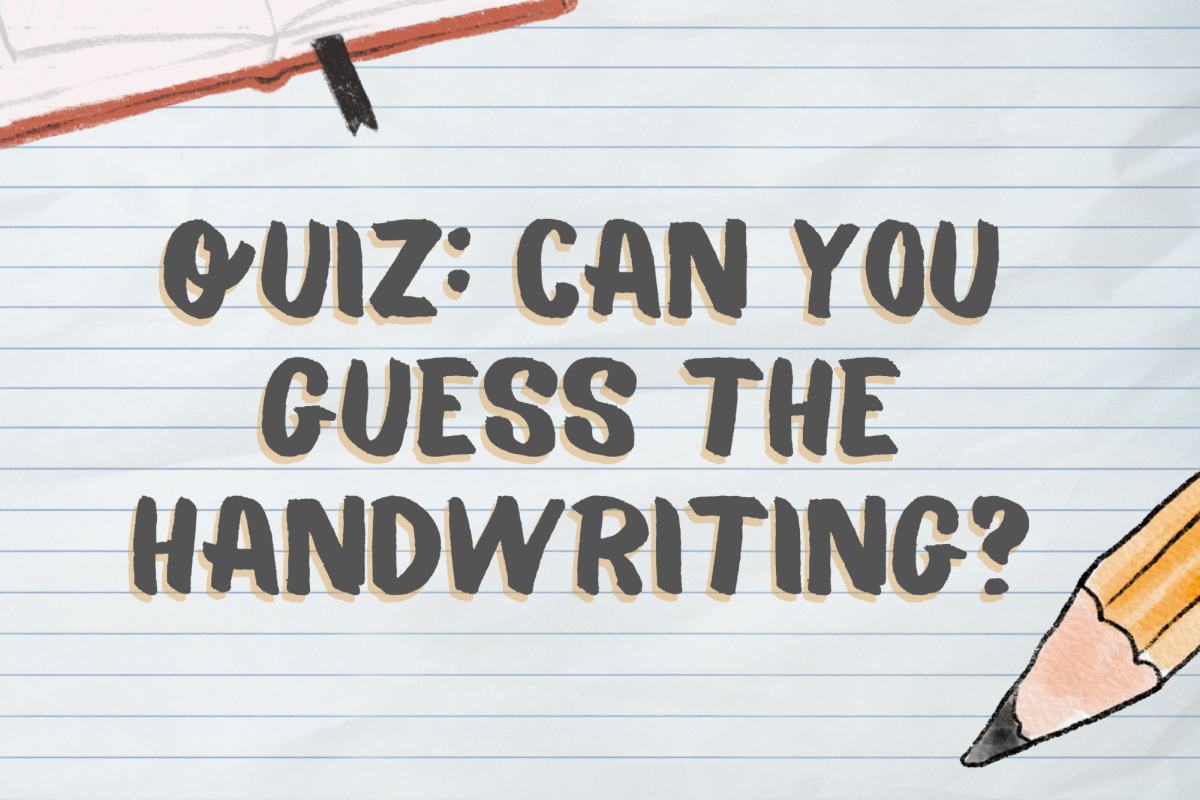


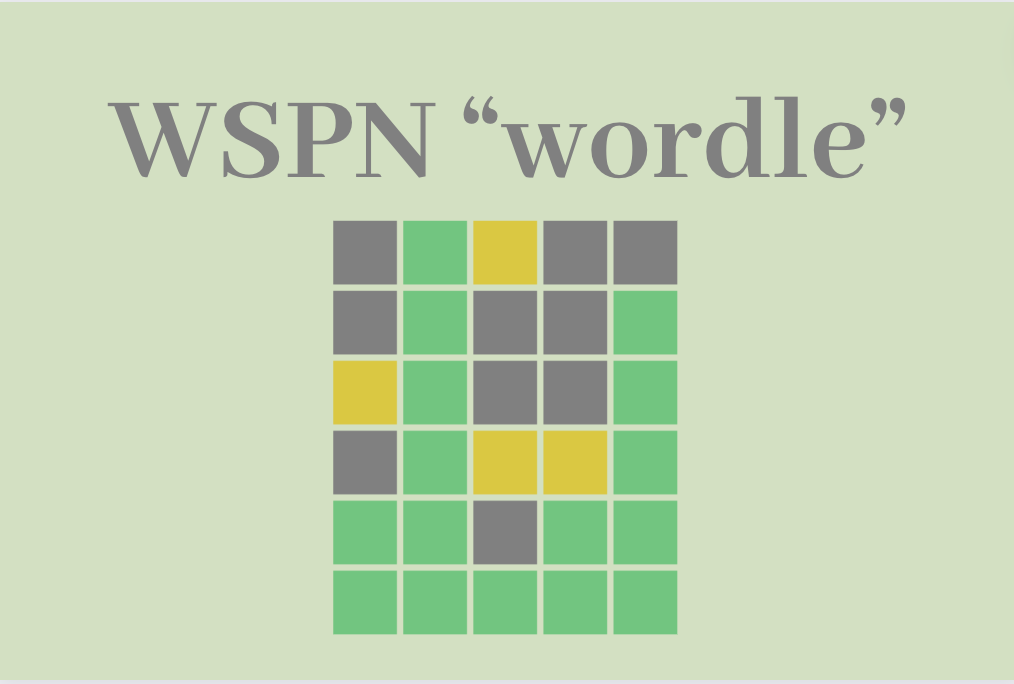






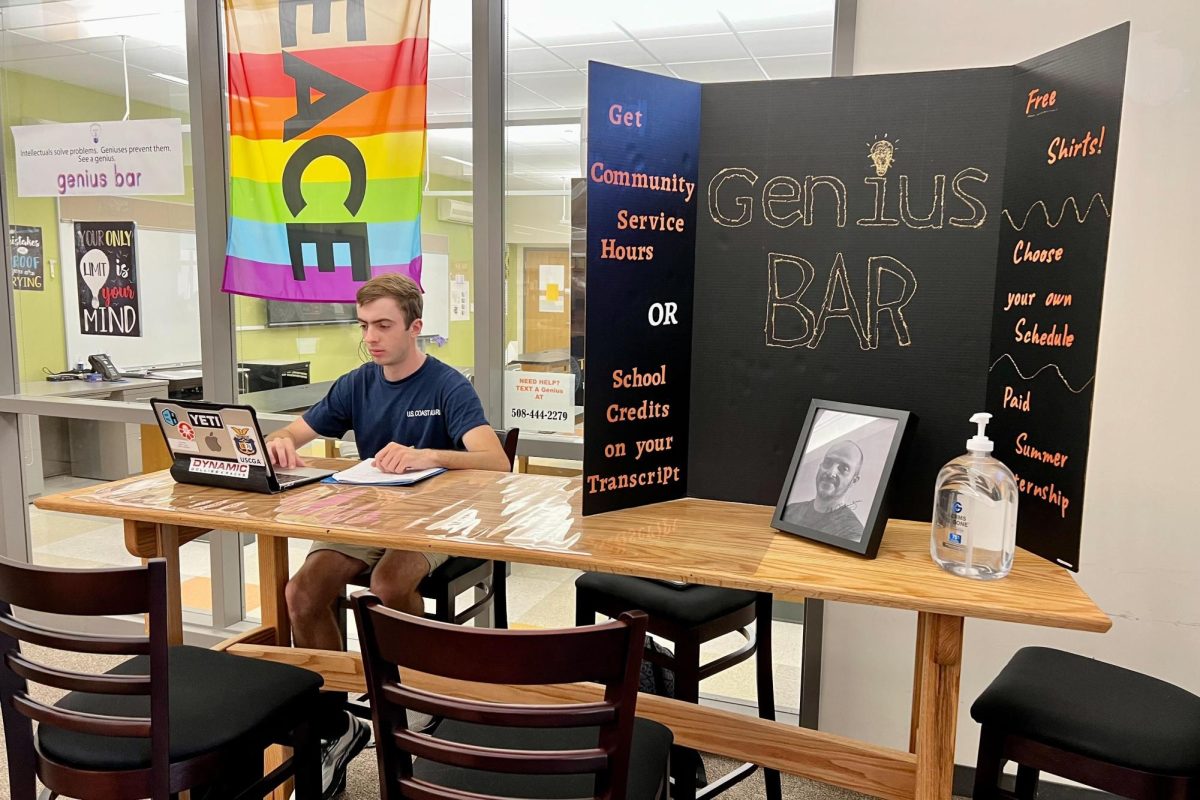

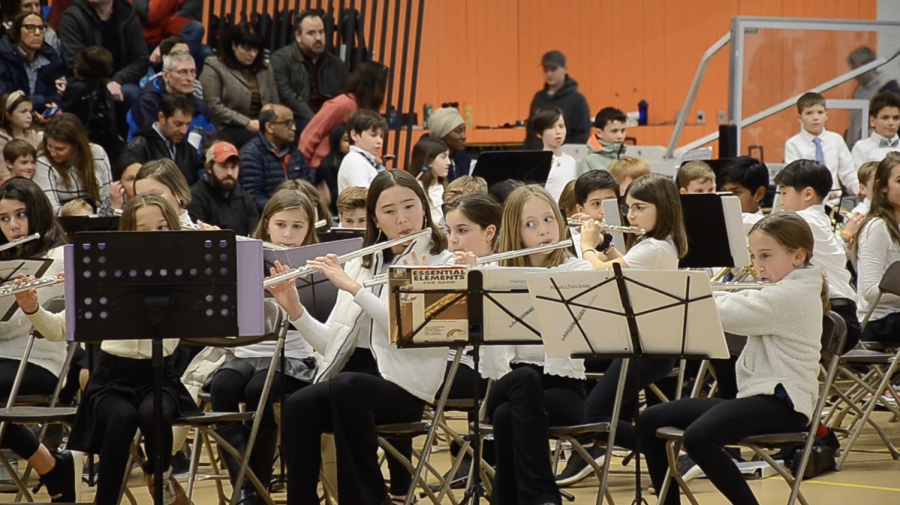















![Seniors Garrett Batt, Tom White, Emmanuel Nzaramba and Jack Calverley work together in preparation for the Spring Fling. “We decided to host this because March is kind of a slow month [in which] there’s not really that much happening, so I just thought it would be fun to put pep back into everyone so people could look forward to something this month,” senior Delcie Peter said.](https://waylandstudentpress.com/wp-content/uploads/2024/03/Screenshot-2024-03-20-at-10.28.14-PM-1200x832.png)
